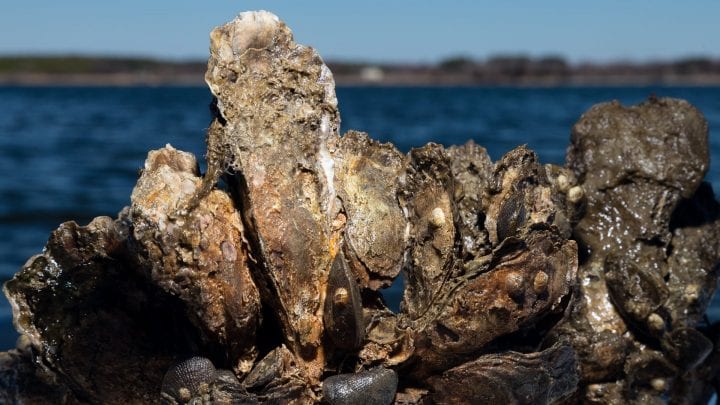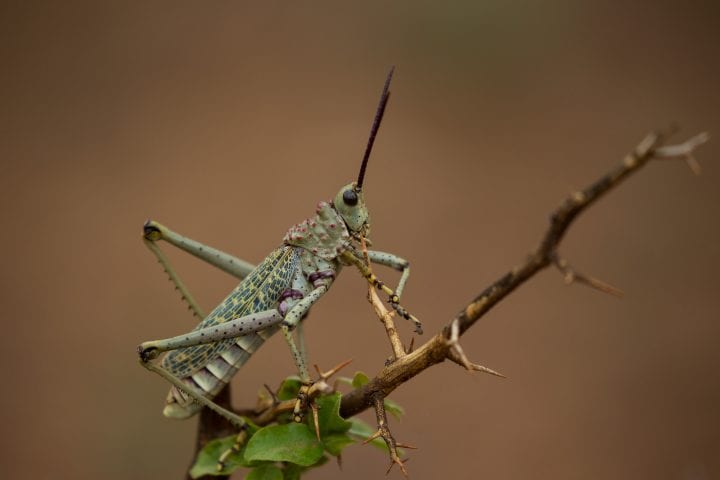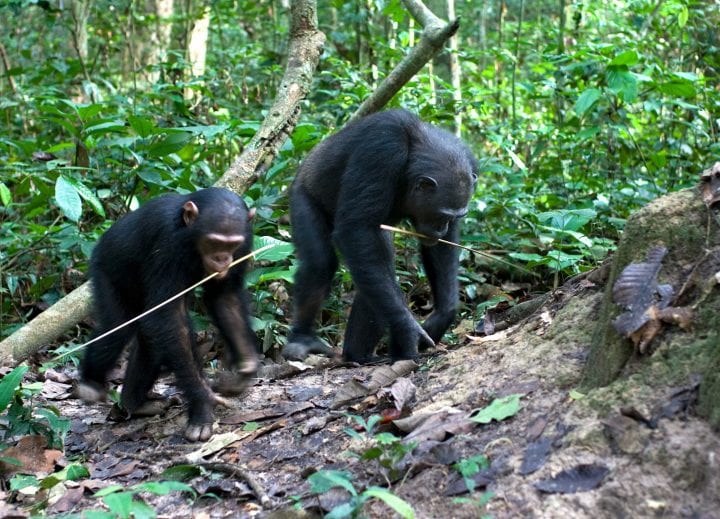Coordinate by Self-Organization
To create and maintain a healthy community of individuals and ecosystems requires that living systems coordinate their activities. Coordination doesn’t necessarily mean that there’s a leader orchestrating what happens. In nature, coordination is usually achieved through self-organization. In a flock of geese flying in a V-formation, for example, there’s no lead goose controlling where all of the others fly. The flock uses this formation because each goose gains energy from air vortices created by the goose in front of it. The lead goose doesn’t gain that benefit, so when it tires, it moves back and another goose takes the front position.
Send Chemical Signals (Odor, Taste, Etc.)
Tastes, odors, and hormones are all chemical signals that can float through the air or water, or be applied to solid surfaces. Chemicals are important for signaling and communication; even humans, with our underdeveloped sense of smell, are influenced by chemicals more than we realize. Chemical signals are often specific to the living system intended to receive them, and are often relatively weak, dispersing upon moving through liquids or gases. To ensure that chemical signals reach their target, living systems create unique chemical signals and methods of dispersal. One example is an orchid that is pollinated by dung beetles, and therefore distributes a dung-smelling aroma to attract them.





